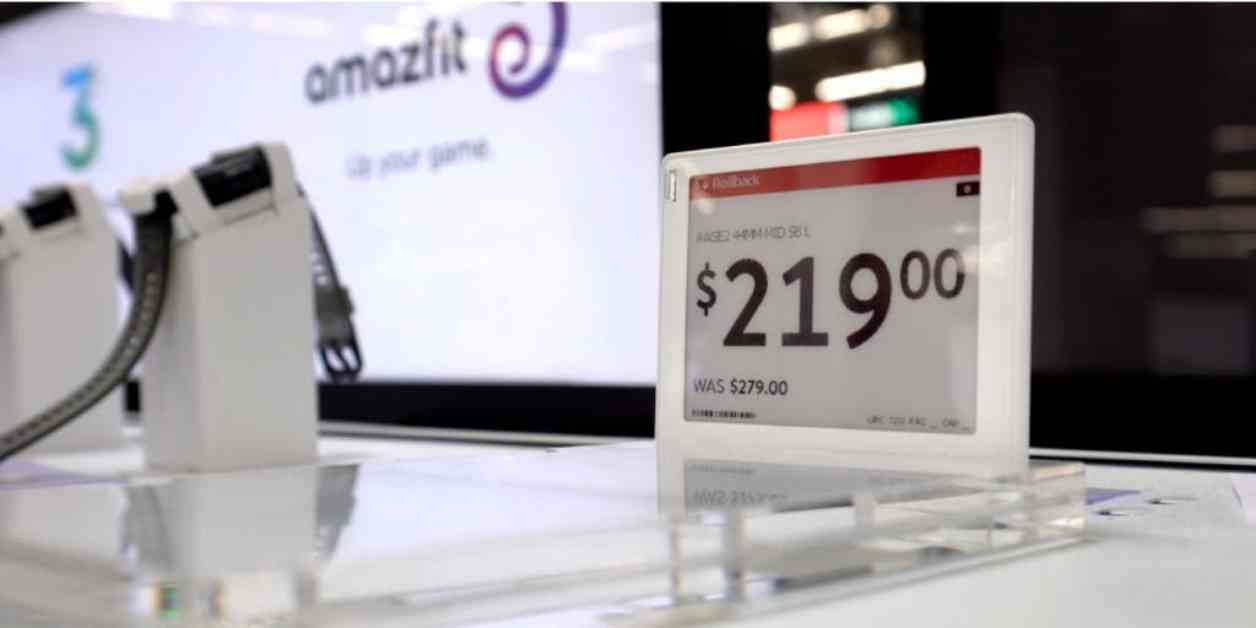Technology is changing the way we shop, and one of the latest innovations causing a stir is digital price tags. These smart pricing systems are allowing retailers to update prices in real-time, similar to online shopping platforms. The shift towards digital pricing is driven by factors such as efficiency, accuracy, and sustainability. It allows stores to quickly adjust prices, reduce discrepancies, and cut down on paper waste.
Electronic shelf labels (ESLs) or digital shelf labels (DSLs) are the technology behind this retail revolution. These battery-powered e-paper displays are wirelessly connected to a central system, enabling quick and easy price updates. Additionally, they offer a range of functions beyond displaying prices, such as showing product information, guiding store employees, and aiding in order fulfillment for online purchases.
While this technology brings benefits like more accurate pricing and increased product information for shoppers, there are also challenges to consider. Dynamic pricing, similar to surge pricing in ride-sharing apps, could lead to rapid price fluctuations. Furthermore, there are privacy concerns associated with the increased data collection that comes with these systems.
Retail giants like Walmart are leading the charge in implementing digital price tags. Walmart plans to introduce digital shelf labels in 2,300 stores by 2026, streamlining price updates and improving efficiency for employees. Other major players in the industry, such as Kroger, Whole Foods, Ahold Delhaize, and Schnucks, are also experimenting with this technology. The adoption of digital price tags in grocery stores is part of a larger trend towards dynamic pricing in various industries, raising questions about how consumers will adapt to these changes.
The transition from traditional paper tags to digital ones is a massive undertaking for stores, requiring careful planning and execution. When stores make the switch, a team of workers replaces paper tags with digital displays, transforming the store’s appearance. This shift towards dynamic pricing in retail raises questions about how consumers will adapt to more fluid pricing structures in their day-to-day purchases.
As we navigate this digital revolution in retail, it’s essential to consider both the opportunities and challenges it presents. Stay informed, monitor price trends, take advantage of additional product information, and provide feedback to retailers about your experiences. The digital retail revolution is here, and it’s important to adapt your shopping strategies accordingly to make the most of this technological advancement.



